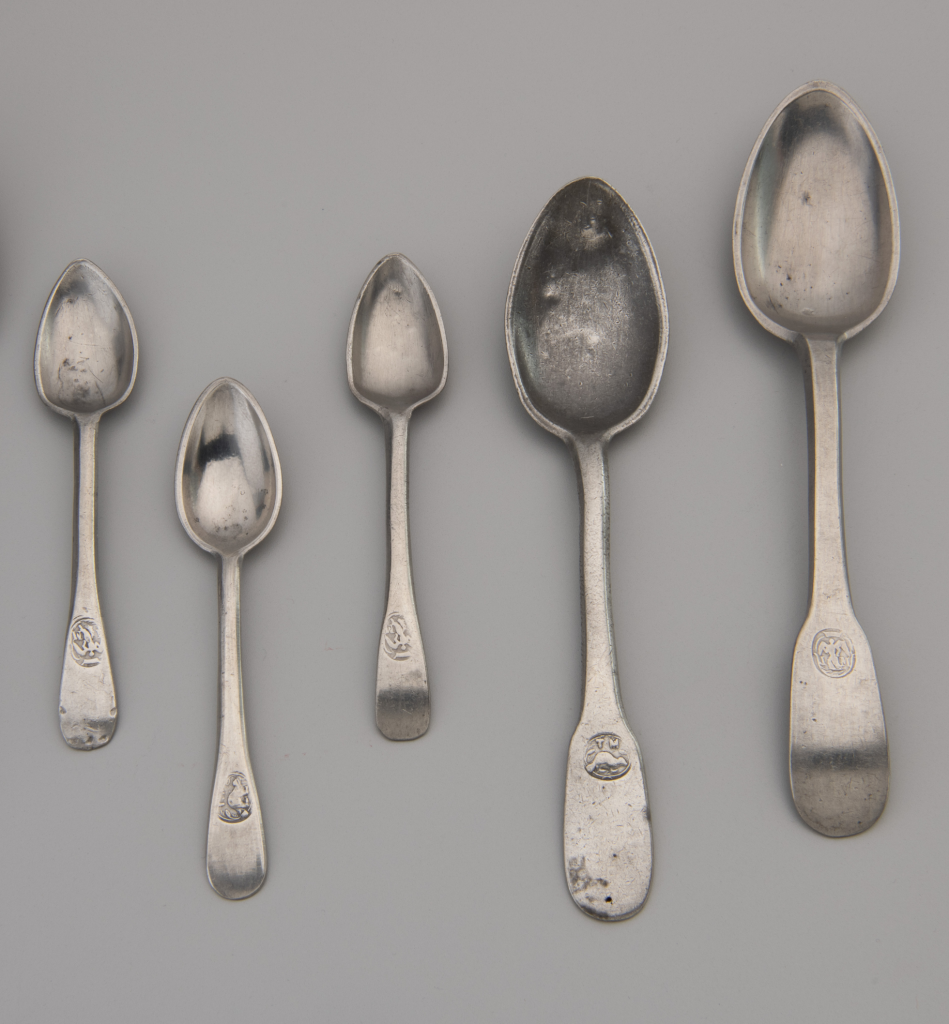The new Canadian History Hall tells Canada’s story from the dawn of human habitation to the present day. Of course, when you set out to present 15,000 years of history in 4,000 square metres (40,000 square feet), some challenges will undoubtedly arise. However, as Creative Development Specialist Nathalie Rheault recounts, it is often these challenges that inspire the most creative ideas.
Rheault and her team were working on Gallery 1 – Early Canada, in which the story of New France is presented. They were especially intent on highlighting the role of women in the colony, which included the crucial role played by the filles du roi (daughters of the king).
In 1663, recognizing that the population of New France was overwhelmingly male, the French Crown sponsored some 800 young female emigrants who were encouraged to marry and start families in New France, which was disproportionately male. After the arrival of the filles du roi, the settler population rose dramatically, from about 3,200 in 1666 to about 70,000 a century later. These women were vital to the survival of the colony, and they have indeed earned a prominent place in the Canadian Museum of History’s portrayal of New France.
However, as historian Forrest Pass explains, there are no artifacts associated with these women. How, then, would the Museum represent them?
The team had an idea: “Women in New France were very fertile,” said Rheault. “They had, on average, 11 children. An interesting way to communicate this fertility is through genealogy, to show these women have left a significant legacy in the form of their descendants. In fact, most French Canadians today are descendants of these women.”
Pass points out that, thanks to the Catholic Church, we have unusually detailed baptism, marriage and death records for New France. The Museum engaged genealogist Marie Royal, who can trace her own roots back to a fille du roi, to research the history of a few women. “She was very helpful,” said Pass. “She provided exhaustive research, and it was fascinating.” But, again, how would the Museum display this research?
At this point, the team had to address the figurative elephant in the room — or, in this case, the enormous column that stands in the middle of Gallery 1. Of course, this column plays a crucial structural role, but it also presented a significant spatial challenge in organizing a display. The column was going to be a problem — or was it?
After much thought, the team came up with an idea. Instead of working around the problematic column, why not incorporate it? They turned it into a family tree, thereby addressing two of their challenges in one shot: the presence of the column and the question of how to display the genealogical material.
As a subject of the family tree, they chose Catherine Moité, one of the first filles du roi to arrive in Canada. “Her genealogy is astounding,” says Rheault. She had 11 children, 65 grandchildren and 344 great-grandchildren, all represented on the tree as either trunk, branches or leaves.
Moité, along with her fellow filles du roi, was central to the survival of New France, and so it is only appropriate that her legacy stands tall at the very centre of the Museum’s presentation of New France. As for the column, it is no longer an obstacle, but arguably one of the Hall’s most striking displays.

Catherine Moitié’s name is at the base of the trunk, with the names of her 11 children written on wooden planks surrounding the tree. Protruding metal branches represent her grandchildren, while the names of her great-grandchildren are inscribed on hanging, autumnal leaves.

